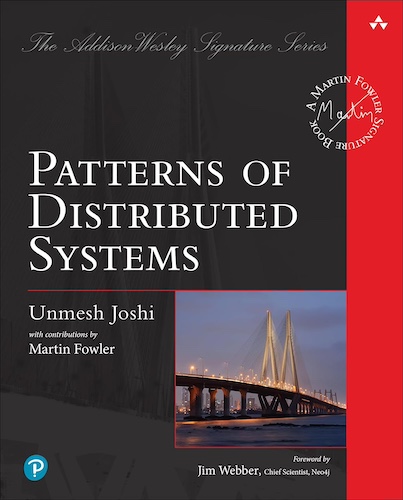Version Vector
Maintain a list of counters, one per cluster node, to detect concurrent updates
Problem
If multiple servers allow the same key to be updated, it's important to detect when the values are concurrently updated across a set of replicas.
Solution
Each key value is associated with a version vector that maintains a number for each cluster node.
In essence, a version vector is a set of counters, one for
each node. A version vector for three nodes (blue, green, black)
would look something like [blue: 43, green: 54, black:
12]. Each time a node has an internal update, it updates
its own counter, so an update in the green node would change the
vector to [blue: 43, green: 55, black: 12]. Whenever
two nodes communicate, they synchronize their vector stamps, allowing them
to detect any simultaneous updates.
for more details go to Chapter 18 of the online ebook at oreilly.com
This pattern is part of Patterns of Distributed Systems
23 November 2023

